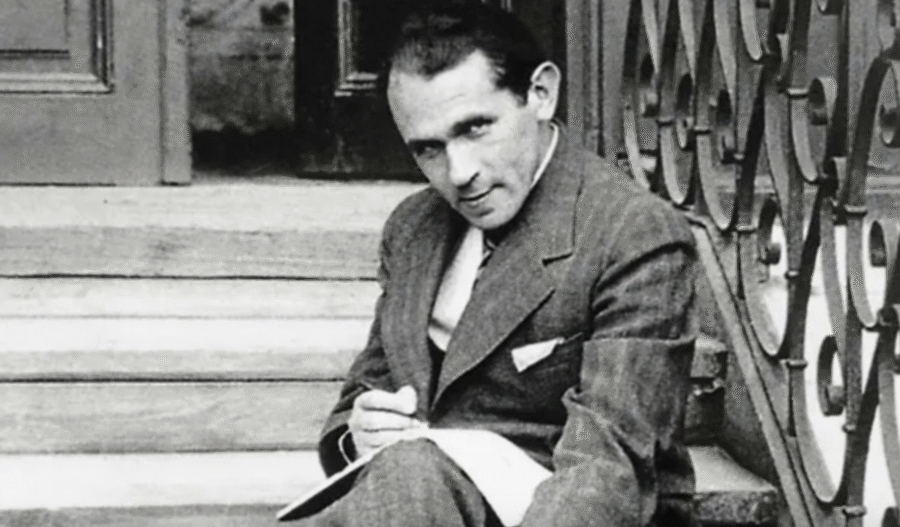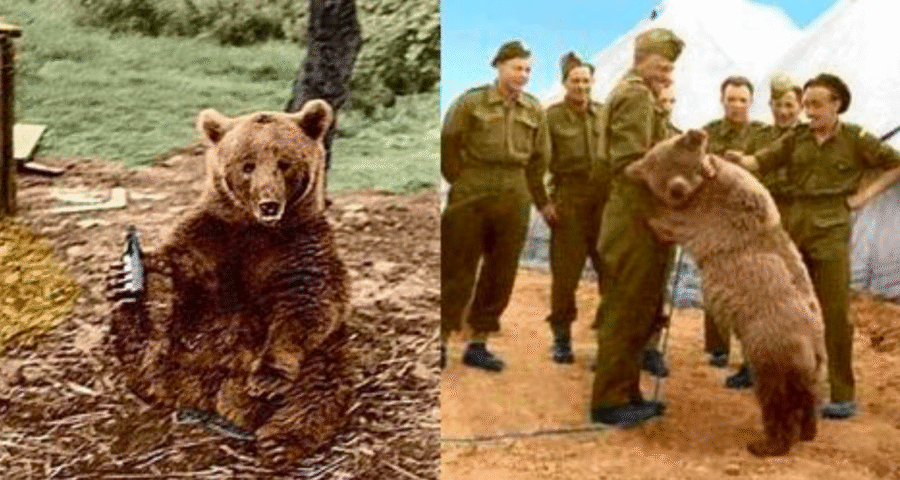Bruno Schulz was shot dead by a German officer on 19 November 1942 at the intersection of Czackiego and Mickiewicza Streets in Drohobych. On that day, during an action carried out by the Germans, between 100 and 230 Drohobych Jews were murdered.
Bruno Schulz was born on 12 July 1892 in Drohobych, a town near Lviv. He attended secondary school there, and after passing his final exams in 1911, he began studies at the Lviv Polytechnic. He did not complete them, just as he did not complete the studies he later began at the Polytechnic in Vienna, where he ended up with his parents after the outbreak of the First World War. He eventually settled in Drohobych, where from 1924 to 1941 he worked as a teacher at the King Władysław Jagiełło State Gymnasium.
As early as the 1920s he tried to paint commissioned portraits and exhibited his artwork at shows in Warsaw’s “Zachęta” gallery and at the Society of Friends of Fine Arts in Lviv. He also began writing, although he did not make his debut until 1933, with the short story The Birds in Wiadomości Literackie. It was then that he met Zofia Nałkowska, who helped him publish The Cinnamon Shops (Sklepy cynamonowe), and during the war made efforts to secure Aryan papers that would allow him to travel to Warsaw.
In Drohobych, which had been under Soviet occupation since September 1939, Schulz continued to work as a teacher. After the Germans entered the city in 1941, he and his family were relocated to the ghetto and assigned to organise collections stolen by the Germans from the Jesuit library in Chyrów. He came under the “protection” of Felix Landau, known as one of the most cruel and ruthless SS men. Schulz painted Landau’s portraits and created murals in his villa. He was also ordered to paint frescoes at the SS riding school and in the Gestapo headquarters.
Schulz’s friends in Warsaw attempted to get him out of the ghetto. In the summer of 1942 they sent him false Aryan papers, and arranged for safe housing and support in the forests near Spała. But he never managed to leave Drohobych.
Bruno Schulz was shot dead on 19 November 1942, about one hundred metres from his family home at the market square. In the massacre of Jews in Drohobych—carried out by the Germans, supposedly in retaliation for the wounding of SS man Hübner by a Jewish pharmacist—Germans fired without warning at passers-by. Schulz, who was on his way to the Judenrat to obtain food, is believed to have been killed by SS-Scharführer Karl Günther.
Schulz’s body lay in the street for almost a day, and burial was forbidden. There are many versions concerning the circumstances of his burial, but the actual location of his remains is unknown. A brass plaque installed in 2006 at the site of his death serves as a memorial.
His stories have been translated into more than 45 languages, including Chinese and Vietnamese.
Source: Institute of National Remembrance (IPN)








